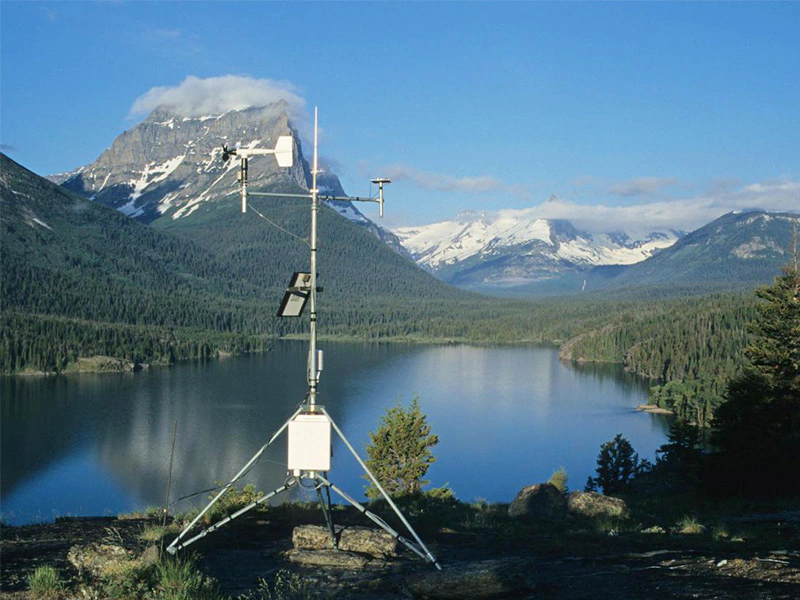What is a Weather Station?

# What is a Weather Station?
A weather station is a facility equipped with instruments and sensors designed to measure various atmospheric conditions. These measurements provide valuable data for weather forecasting, climate research, and environmental monitoring.
## Components of a Weather Station
Modern weather stations typically include several key components:
– Thermometer: Measures air temperature
– Barometer: Records atmospheric pressure
– Hygrometer: Measures humidity levels
– Anemometer: Tracks wind speed and direction
– Rain gauge: Measures precipitation amounts
– Pyranometer: Measures solar radiation
## Types of Weather Stations
Weather stations come in different configurations depending on their purpose and location:
### Professional Weather Stations
These are sophisticated installations used by meteorological organizations and research institutions. They often include advanced sensors and are maintained to strict calibration standards.
### Personal Weather Stations
Many weather enthusiasts and homeowners install personal weather stations. These are typically smaller, less expensive versions of professional stations but can still provide accurate local weather data.
### Automated Weather Stations (AWS)
These are unmanned stations that automatically collect and transmit weather data, often in remote locations where continuous monitoring is needed.
## How Weather Stations Work
Weather stations collect data through their various sensors at regular intervals. This data is then processed and can be:
– Displayed locally on the station’s console
– Transmitted to weather networks
– Stored for historical analysis
– Used for immediate weather forecasting
## Importance of Weather Stations
Weather stations play a crucial role in our daily lives and scientific research:
– They provide essential data for weather forecasts that help us plan our activities
– They contribute to climate change research by collecting long-term data
– They assist in agriculture by providing information about growing conditions
– They help in disaster preparedness by monitoring severe weather conditions
## Choosing a Weather Station
When selecting a weather station, consider:
– Accuracy requirements
– Measurement parameters needed
– Installation location
– Data transmission capabilities
– Maintenance requirements
– Budget constraints
Whether you’re a professional meteorologist or a weather enthusiast, understanding weather stations helps you appreciate the technology behind the weather information we rely on every day.
Keyword: what is a weather station